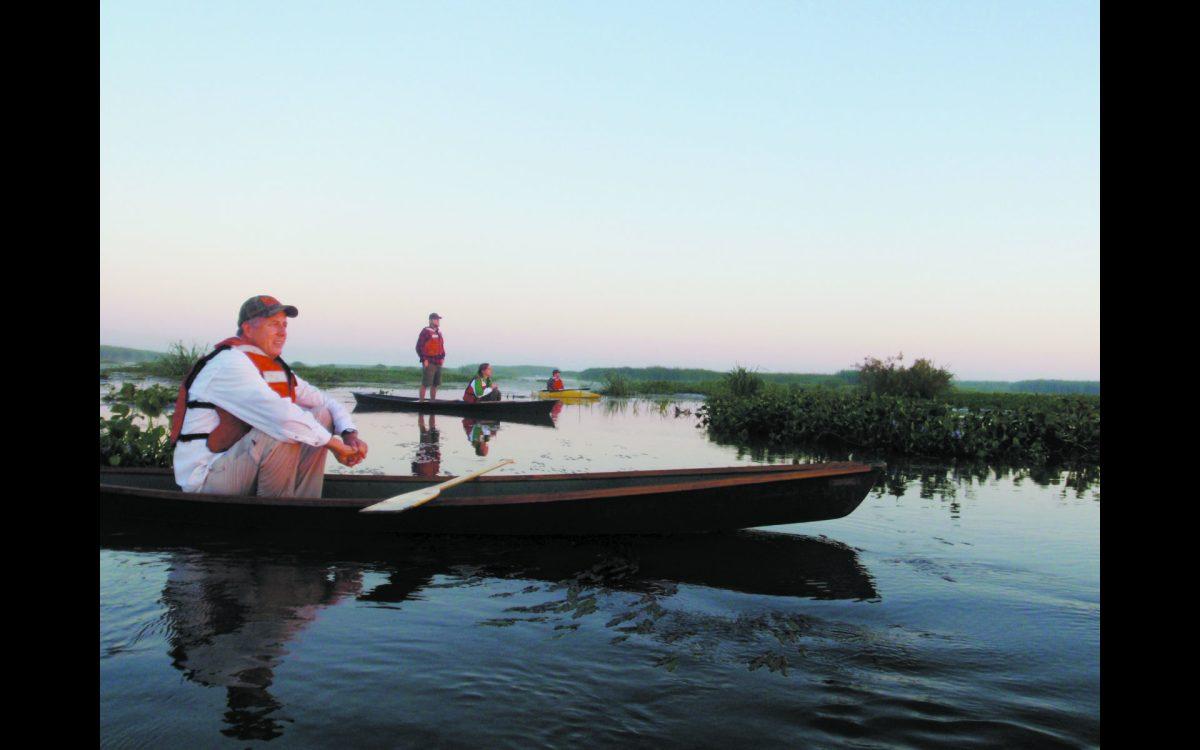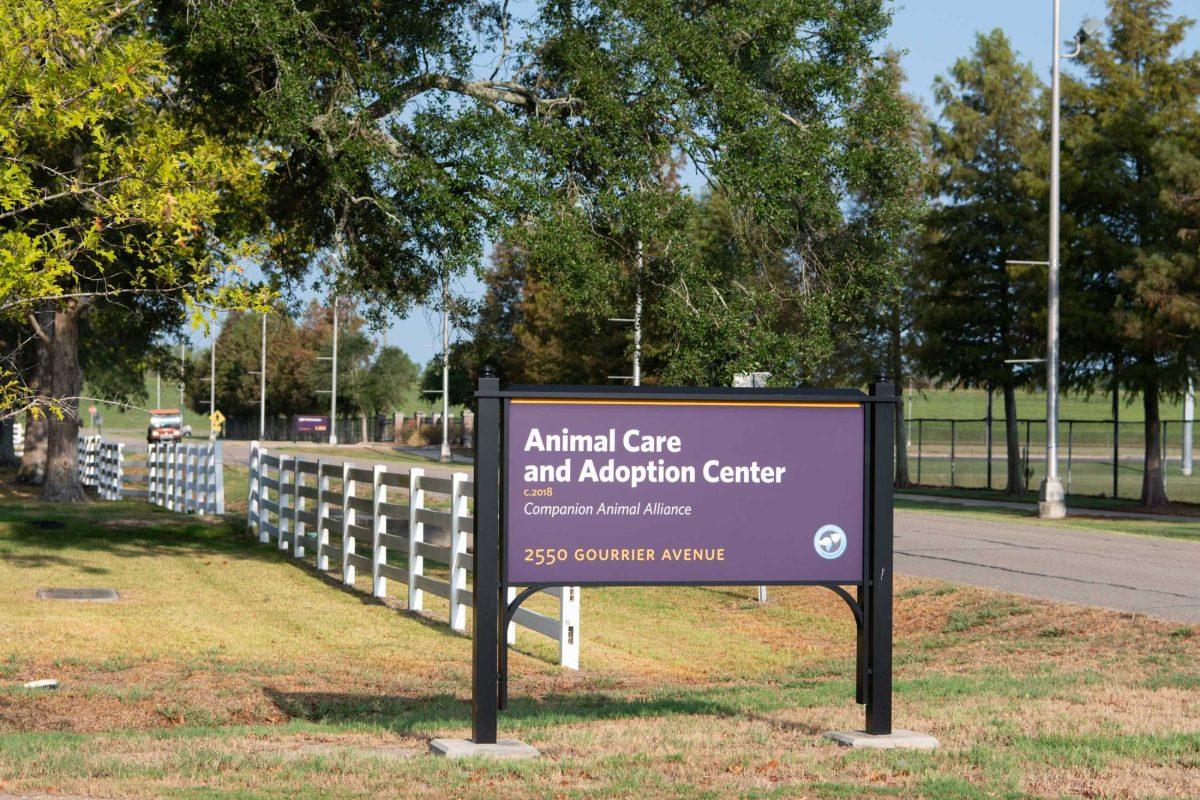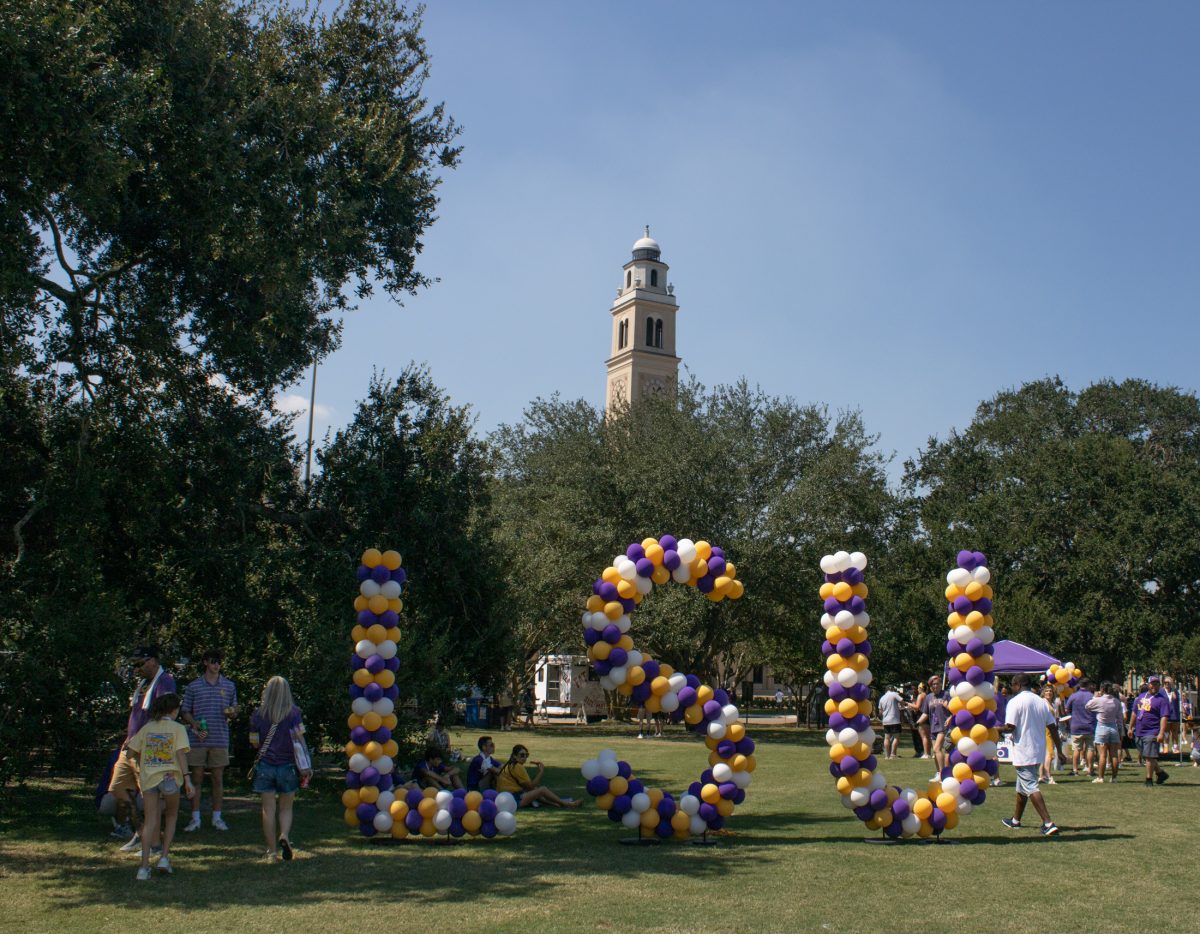For the sixth consecutive spring break, Andy Nyman, associate professor of wetland wildlife management, and his service-learning students plan to spend Spring Break differently from those students flooding the beaches of Florida.
Nyman’s team will be traveling to the Pass A Loutre Wildlife Management Area at the mouth of the Mississippi River to conduct wetland restoration projects.
Nyman began going on this Spring Break trip in 2009, when he and eight University students headed down the Mississippi River to plant Black Mangroves in hopes of holding nutrients in the vegetation that is abandoning, or backing up, along the bottom of the river.
Nyman explained this abandoning is affecting the amount of land and marsh in Louisiana and the course that the Mississippi River will flow into the Gulf of Mexico. Nyman, who grew up in New Orleans, said the Black Mangroves have been missing from the area since Hurricane Katrina, and because of the missing trees the water has become increasingly saltier, causing more and more vegetation to die each year.
The Pass A Loutre Wildlife Management Area has hosted the University’s students each year on its manmade island, and Nyman said the Spring Break trip would not be possible without the help of the Louisiana Department of Wildlife and Fisheries.
This year, the trip has increased its number of students from eight to 12, which has increased the number of trees that can be planted, along with other activities involving erosion and vegetation research.
Nyman and the students will depart Monday at 8 a.m. and will remain at the South Pass until Friday.
Nyman said the main goal for these trips is to enjoy Spring Break in a different way by appreciating the beauty of the area while trying to manage the abandoning vegetation problem. Nyman explained the crew is not trying to stop erosion but rather trying to help the area last longer.
Nyman said students going this year also aim to continue some of the vegetation conservation projects outside of planting the Black Mangroves. Recently, Nyman and his team have created fences among the marsh to keep hogs from damaging the vegetation further. These enclosures have drastically improved the survival of the vegetation that restoration projects have helped build.
Students spend Spring Break restoring wetlands
April 10, 2014
Screen Shot 2014-04-10 at 6.39.16 PM.jpg






